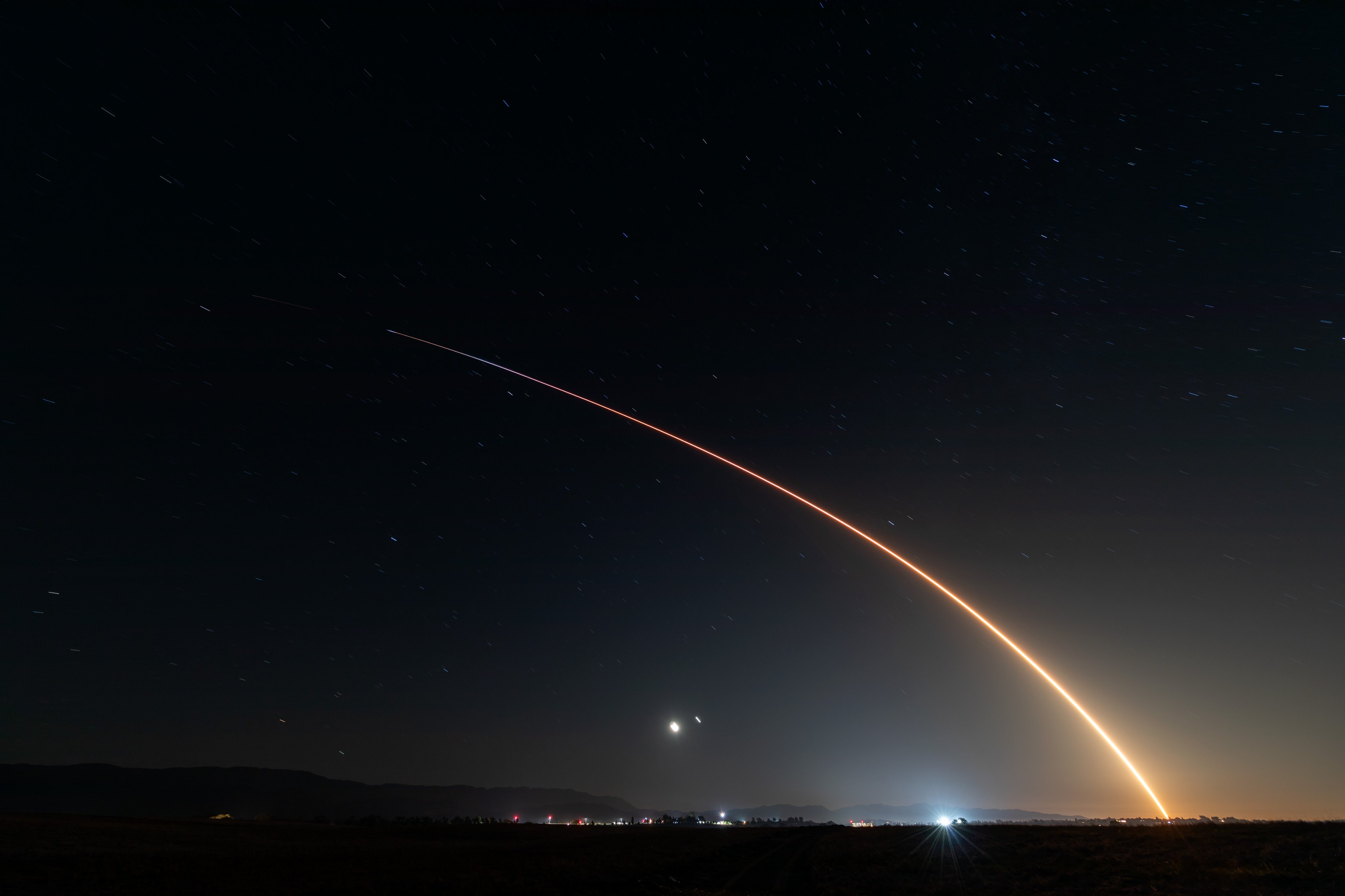What role do Falcon 9’s composite overwrapped pressure vessels (COPVs) play in fuel management and safety?

Hey there, rocket aficionados! 🚀 Today, we're delving into one of the key components that make SpaceX's Falcon 9 such a game-changer in the realm of space travel: its composite overwrapped pressure vessels (COPVs). These innovative vessels play a crucial role in fuel management and safety, enabling the rocket to achieve remarkable performance during its missions. Let’s explore how these clever designs are revolutionizing the launch industry! 🌌
First off, let’s understand what COPVs are. Essentially, they are structures designed to store gases at high pressure. The Falcon 9 uses COPVs to hold pressurized helium, which is necessary for maintaining fuel system pressures during flight. The COPVs are crafted from a lightweight composite material wrapped around a structural liner, which provides the strength needed to withstand pressures up to 4500 psi (pounds per square inch)! This design brilliantly combines strength and weight efficiency, resulting in a significant overall reduction in rocket mass. In fact, the Falcon 9 can carry a payload of up to 22,800 kg (50,265 lbs) to Low Earth Orbit (LEO) thanks in part to this ingenious technology. 💪
The COPVs provide several critical advantages for fuel management. One of the primary functions is to keep the rocket's propellant, which consists of RP-1 kerosene and liquid oxygen (LOX), pressurized. This maintained pressure allows for a rapid and reliable flow of propellant from the tanks to the engines during the high-stakes moments of launch. The composition and design of the COPVs also help mitigate thermal changes that occur in space. For instance, during flight, the temperature difference between the cryogenic LOX and the warmer surrounding environment can lead to fluctuations in pressure. The COPVs are designed to handle these variations, ensuring consistent performance and reducing the likelihood of engine anomalies. 🌡️
On the safety front, the materials used in the COPVs are key. The composite overwrapping makes them incredibly resilient to stress and impacts, crucial in a launch environment marked by extreme conditions. For example, during Falcon 9 launches, the rocket experiences forces of up to 3G (three times the force of gravity), yet the COPVs remain intact, ensuring the helium used to pressurize the propellant heads remains stable and effective. Any breaches or failures here could lead to catastrophic outcomes, but with COPVs, the chances of malfunction drop significantly. 🛡️
Furthermore, COPVs contribute to overall mission safety by being integrated into the rocket's Fail-Safe systems. If there’s an issue, the designs allow for rapid evacuation of the gas, preventing dangerous situations and allowing mission control more time to respond effectively.
To sum it all up, composite overwrapped pressure vessels are the unsung heroes of the Falcon 9 rocket, enhancing fuel management efficiency and ensuring safety in a highly complex and challenging environment. The advanced engineering behind these vessels not only maximizes payload capacity but also significantly reduces risks, making SpaceX one of the leaders in contemporary aerospace technology. 🚀
Until next time, keep questioning and exploring the wonders of space! #SpaceX #Falcon9 #COPVs #AerospaceTechnology #RocketScience
Image credit: SpaceX